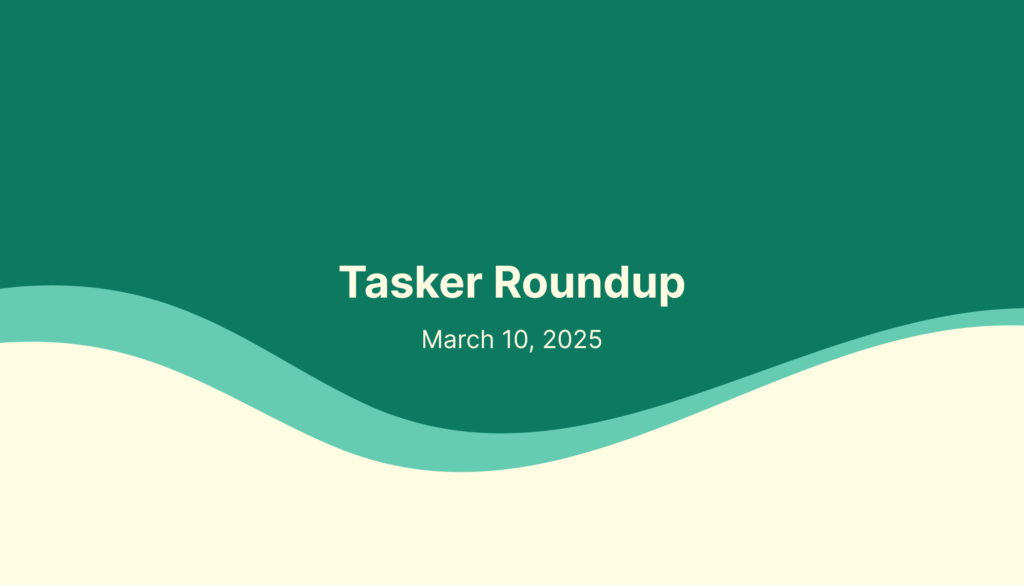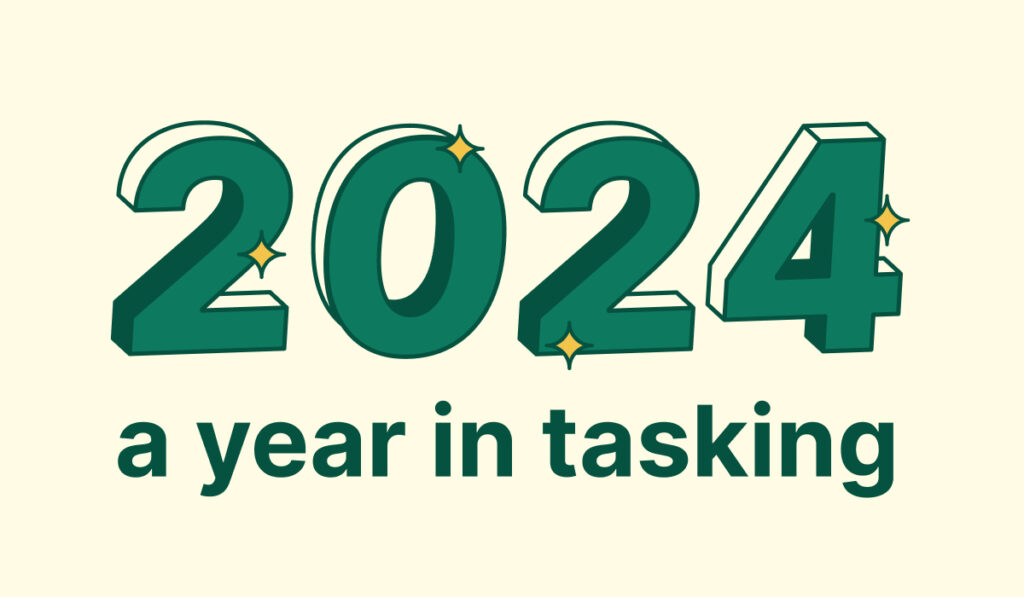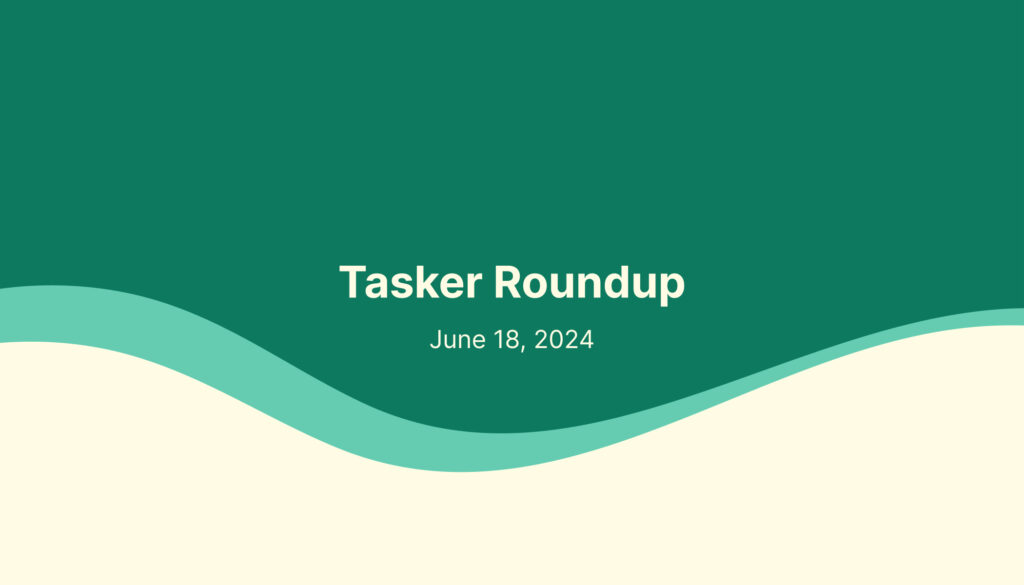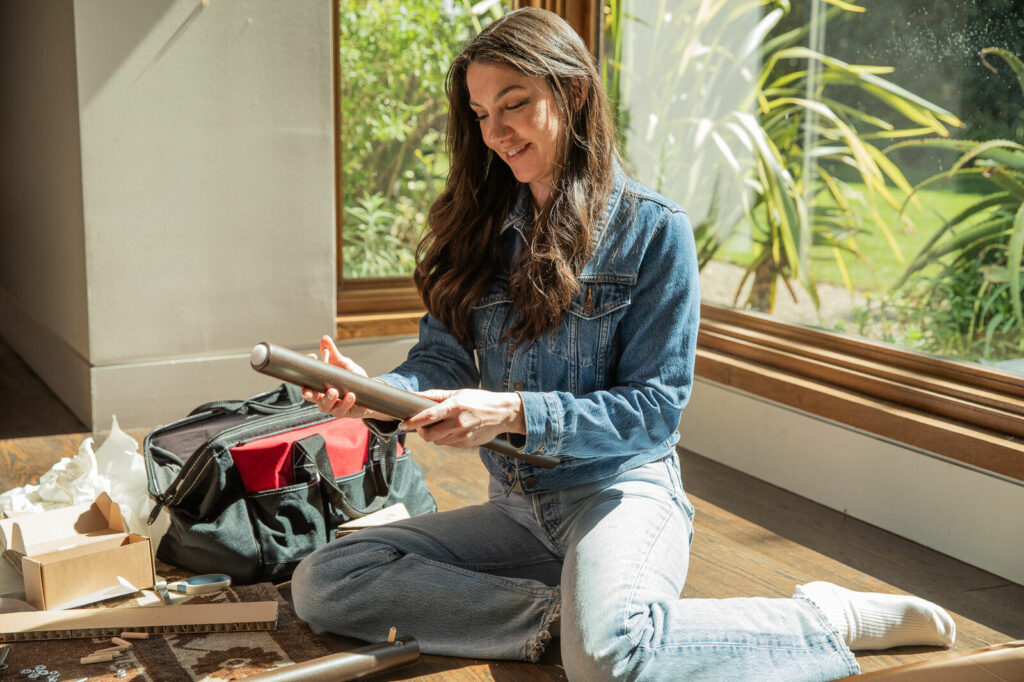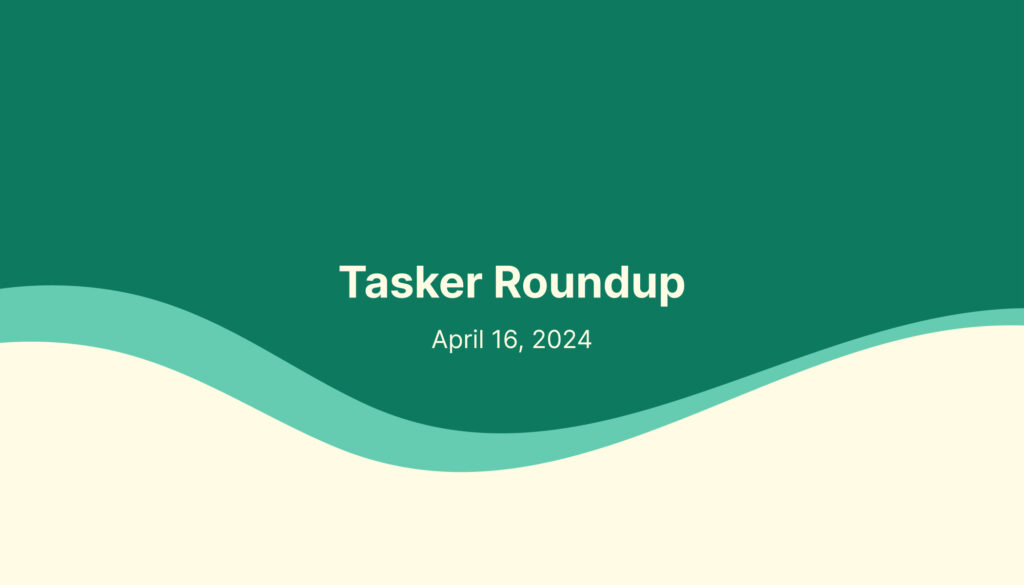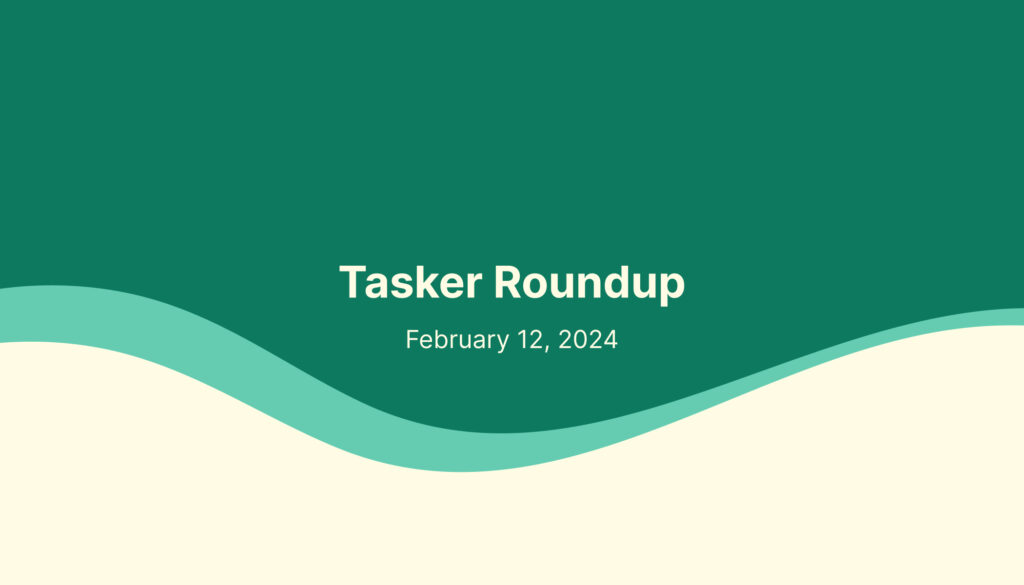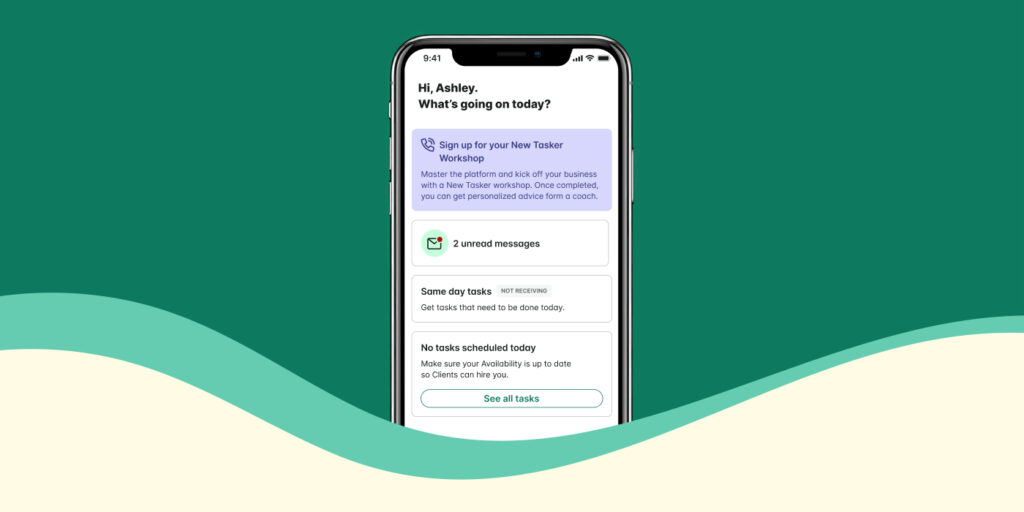Creating any app is an agile process that requires planning, designing, development, testing, deployment, and review. Every time there are new app features to introduce, we release a new version of the app—something we must do while also keeping your Tasker experience as seamless as possible.
Since unforeseen obstacles can arise with app updates, we take a gradual release approach to ensure that features are working as planned.
What is the usual cadence for Tasker app releases?
Taskrabbit typically launches new updates to the Tasker app under the following parameters:
- 2x per month
- First and third week
How does the gradual release approach work?
Here’s how our release approach works behind the scenes:
- After announcing new app updates, we release them to 5% of users first and ramp up to 100% from there.
- This ramp up happens over the course of five days for Android and seven days for iOS and it could take up to 7 days post the 100% to propagate to everyone’s devices.
- If no bugs are found, Taskers can expect the release to be 100% live by the end of these timeframes
- Google and Apple choose who receives the app first—it is not user or metro specific.
Here’s why this method works:
- It allows us to monitor the app for bugs and minimize negative impact on Taskers and clients.
- In the past, it has helped us catch high-priority bugs early, when they were only impacting 5% of users.
When do Tasker app updates become necessary?
Currently, Taskrabbit requires users to update the Tasker app if they’re using versions that are three or more versions older than the newest one. For example, if you’re using version 4.24.0, we’ll also support versions 4.23.0 and 4.22.0. Here’s why we do this:
- Limiting support to two previous versions decreases the likelihood of ongoing bugs.
- We aim to minimize the amount of maintenance that supporting more than 3 versions of code would require.
To read about our most recent Tasker app updates, visit the Tasker Updates page of our blog!






